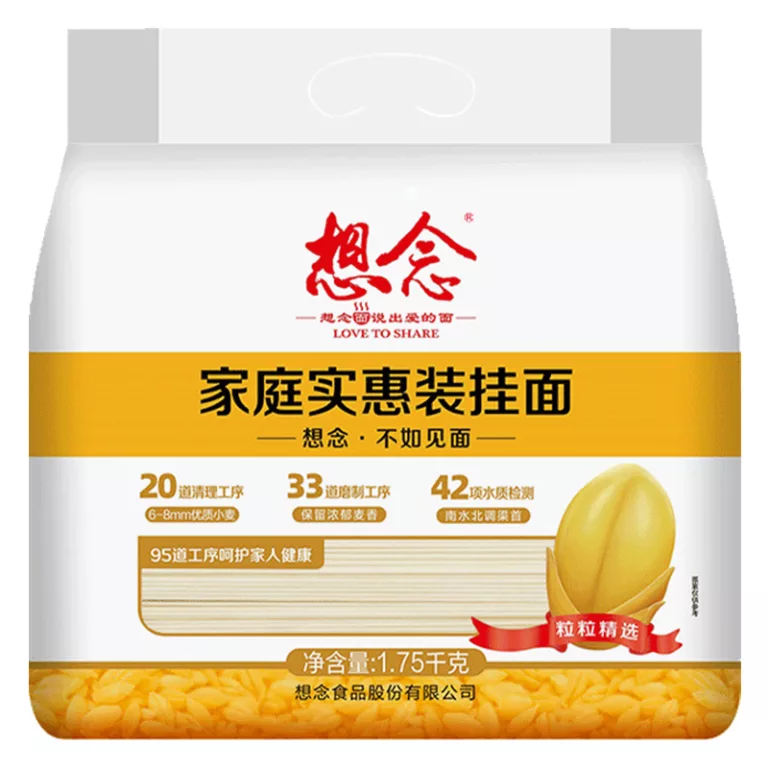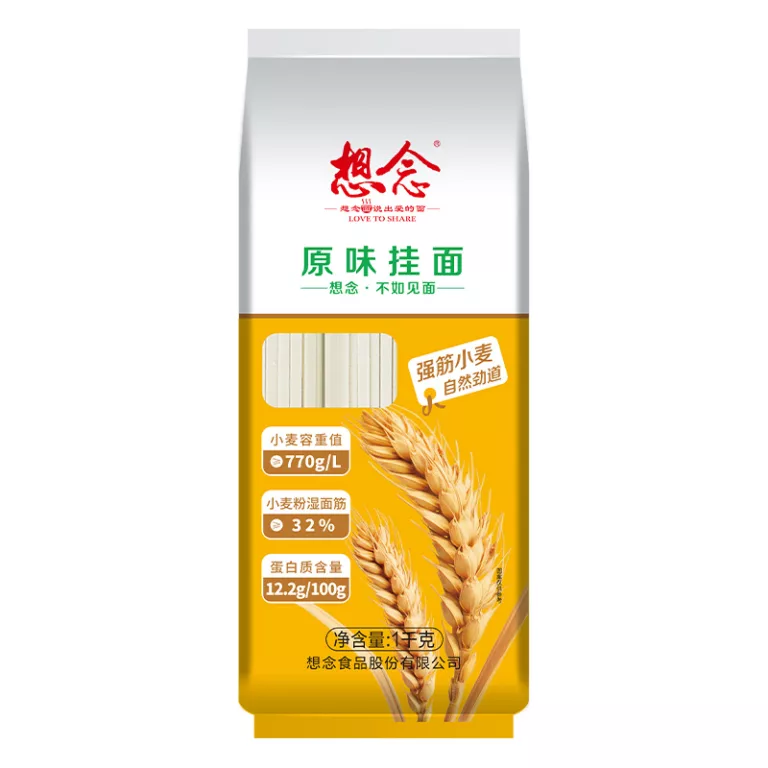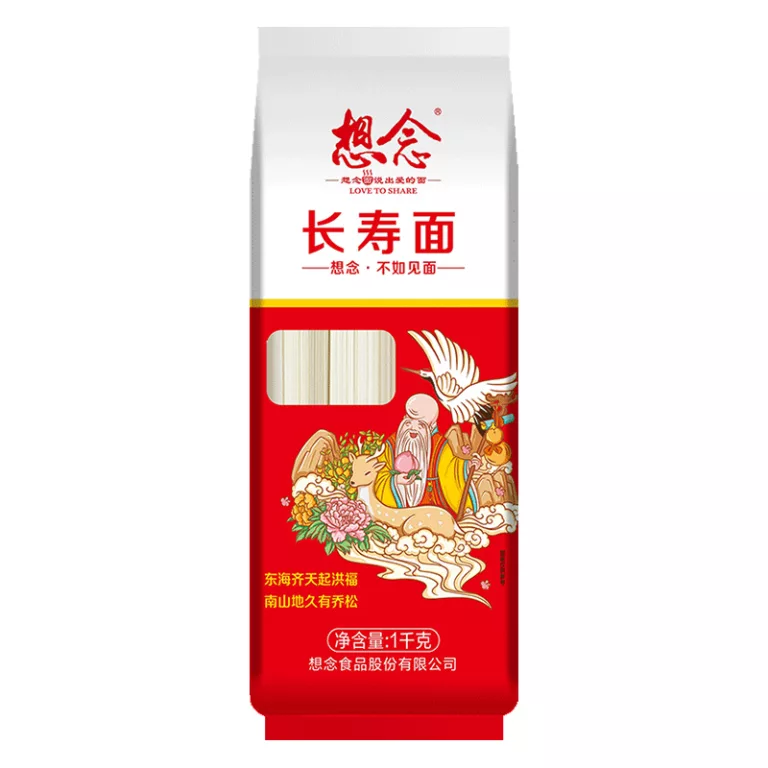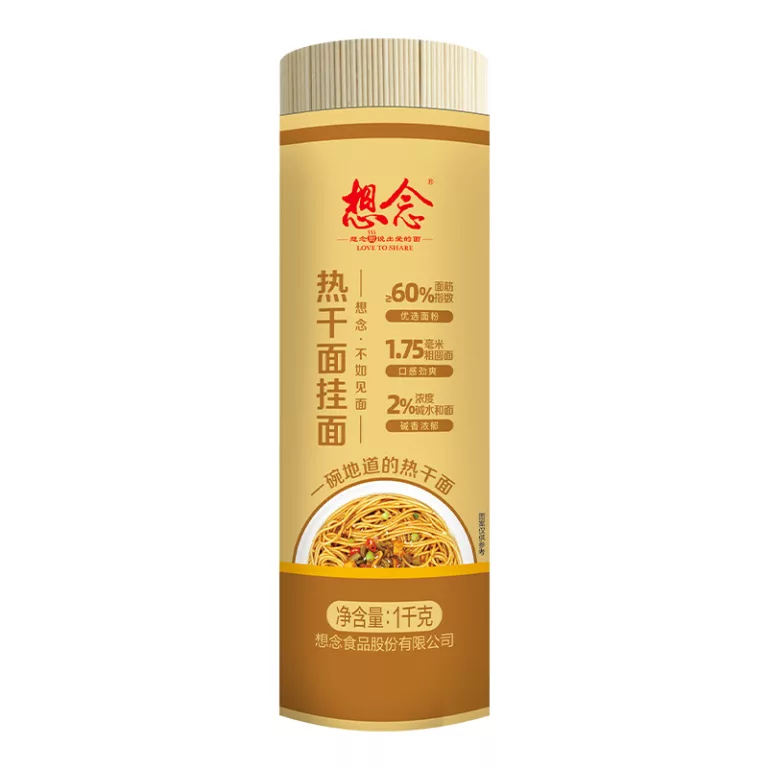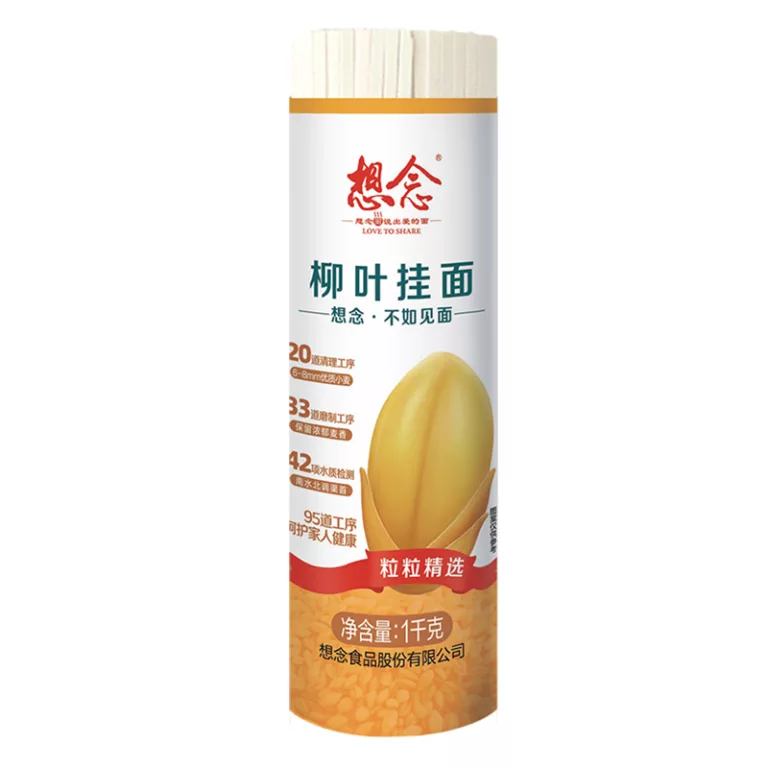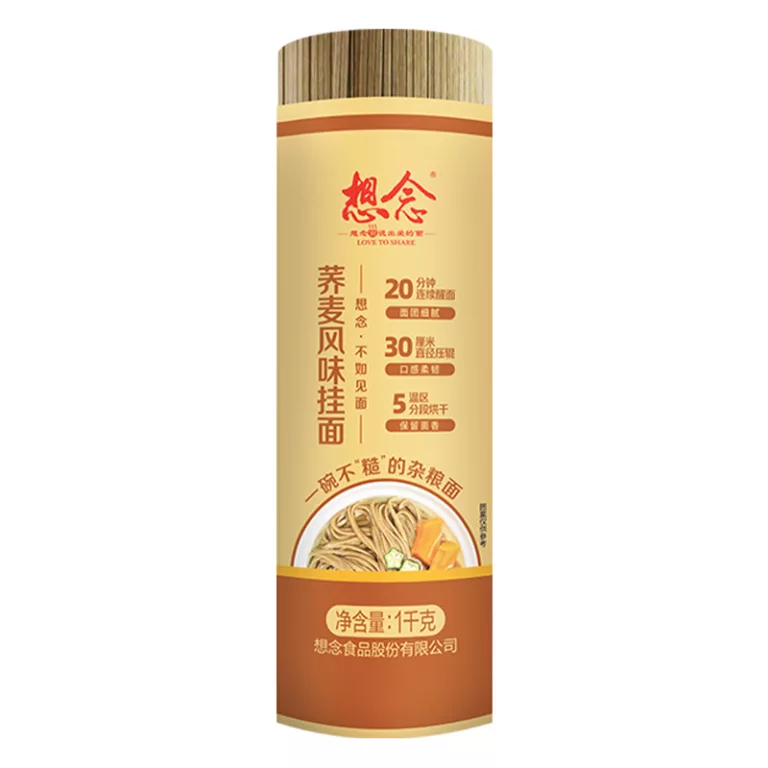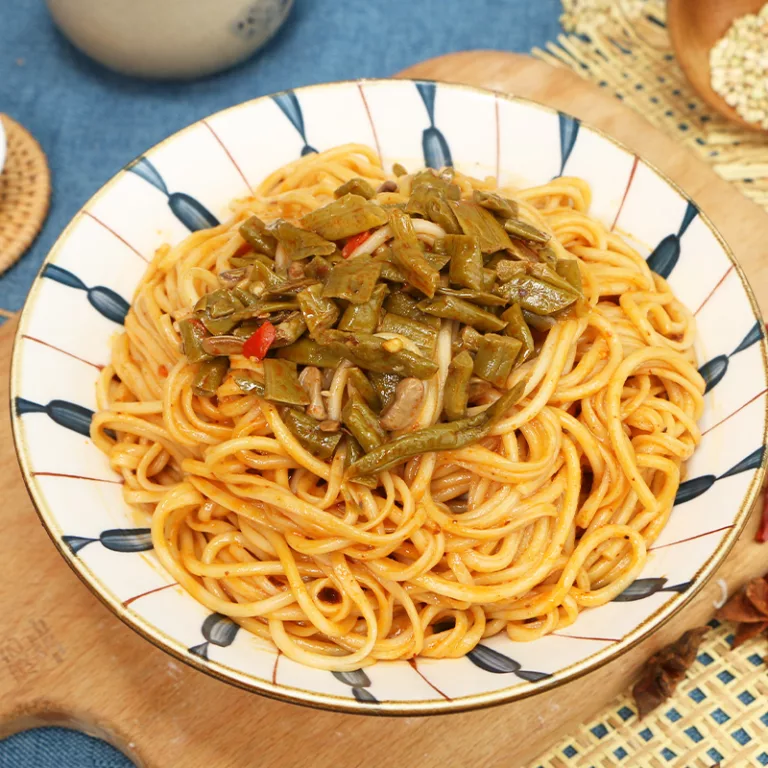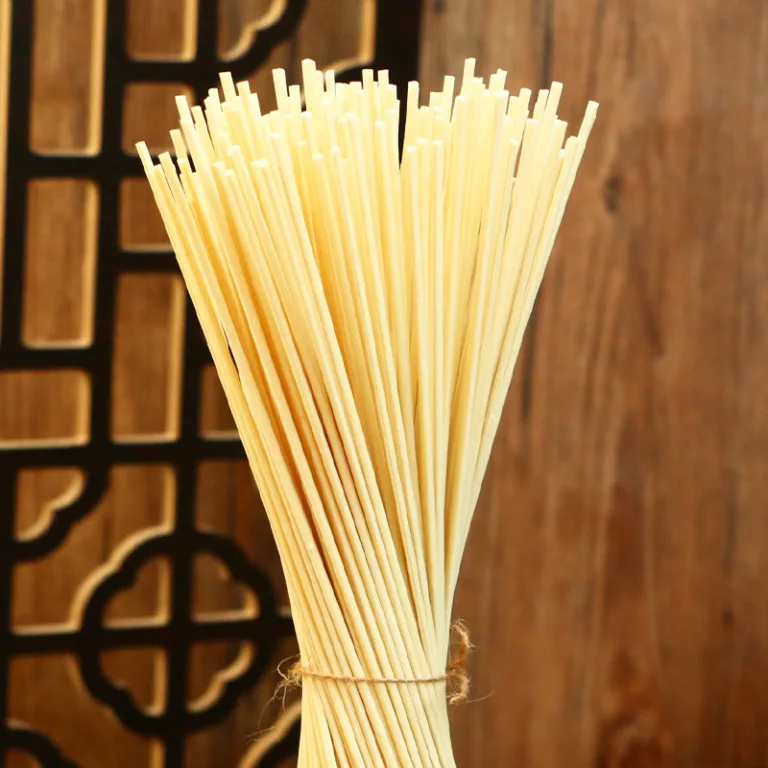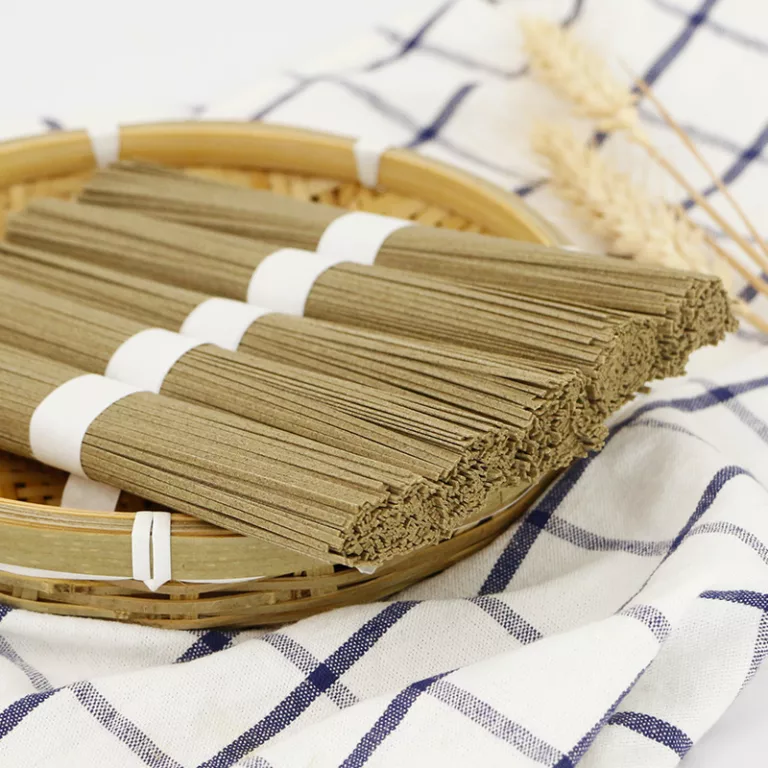How to make authentic Chongqing Wanza noodles?
-
zeyuan li
- February 9, 2023
Chongxin Wanza noodles is called Wanza mian(“豌杂面”) in China.
Chongqing Wanza noodles are a type of regional noodle dish from the popular Chinese city of Chongqing. Typically featuring chicken and pork, along with Szechuan-style ingredients such as chilli peppers, spring onions, and garlic, the dish is considered to be a classic of the city and is renowned for its spicy, earthy, and sweet flavours.
In this blog, we take a detailed look at the history, ingredients, and instructions for making authentic Chongqing Wanza noodles.
Origins and History of Chongqing Wanza Noodles
Chongqing Wanza noodles have long been a popular part of Chinese cuisine, with origins dating back to late 19th century. As with many Chinese dishes, there are several different stories behind its origin, with some claiming it was created by a famous local opera singer known as Liu Wan-za, while others suggest it was invented by a restaurant in Hunan Province in the early 1900s.
Regardless of its true origin, it has been a part of the local cuisine for many decades, and is considered to be one of the defining dishes of the city. The spicy flavour and the unique combination of ingredients have seen Wanza noodles become a popular choice amongst tourists, while locals continue to serve the dish in Chongqing’s many traditional eateries.
Ingredients:
300g pork stuffing
Ginger 5 slices
1 teaspoon light soy sauce
Rake peas 60g
A spoonful of pickled vegetables
1 spoonful chili oil
1 spoonful sesame paste
1 shallot
3 cloves of garlic
Peppercorn powder 0.5g
Fresh matsutake 2g
2 small rape
100g noodles
1 spoonful of bean paste
1 tablespoon sweet paste
Pixian Bean Paste 1 spoonful
2 spoons of cooking wine
1 spoonful chili in red oil
Cooking Steps:
1. Cut gingers into pieces.
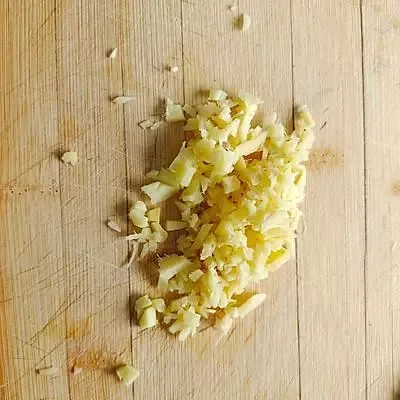
2. Boil the oil in the pan and stir fry the ginger.
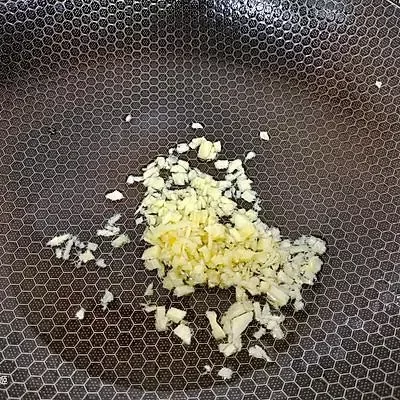
3. Stir-fry pork stuffing.
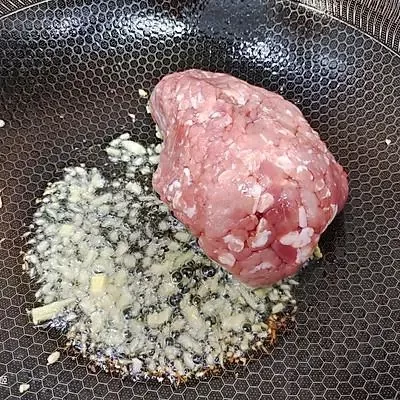
4. Add cooking wine, bean paste, sweet paste, Pixian bean paste and stir fry evenly.
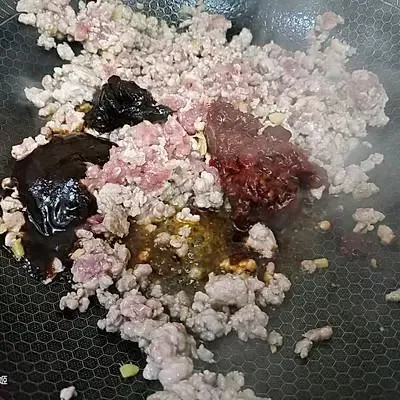
5. Stir-fry until the minced meat is cooked, then put it in a bowl for standby.
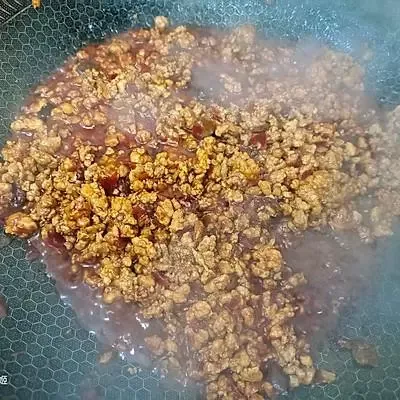
6. Cut the ginger and garlic into small pieces, add a little salt and cold boiled water, make the ginger and garlic water for standby, cut the shallot into scallions for standby, prepare the red oil and chili for standby, and cut the mustard into small pieces for standby.
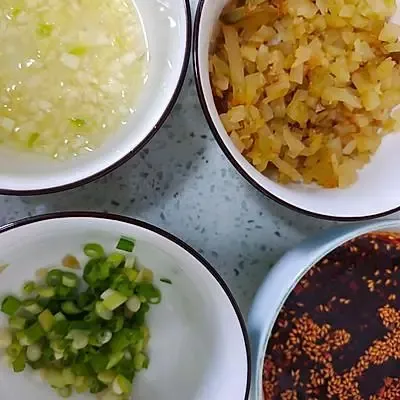
7. Prepare an empty bowl with the base material, and then add chili oil, ginger and garlic water, sesame paste, diced mustard, and fresh matsutake (traditional pea noodles need to be added with lard, but I don’t put it in it, which can be adjusted according to your taste), light soy sauce, and peppercorn powder for standby.
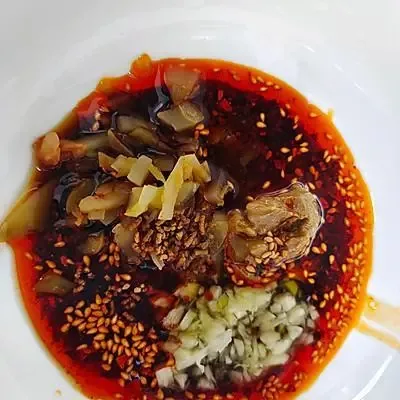
8. After the water is boiled, add noodles.
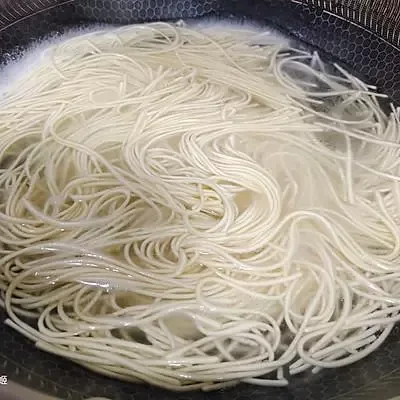
9. After the noodles cooking 3-5mins, put the cleaned rape into boiled water.
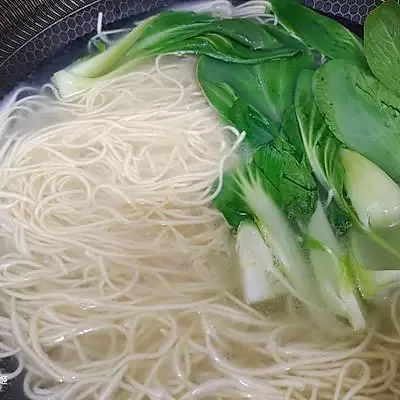
10. After the rape is cooked thoroughly, it can be taken out together with noodles and put into a bowl with mixed juice
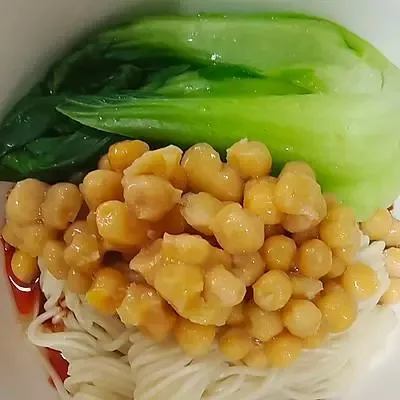
11. Put on the raked peas (I bought them ready-made here. You can soak them with dried peas for a night, add high salt and monosodium glutamate, and cook them until they are soft and rotten), and then put on a spoonful of fried sauce (the mixed noodles of peas are divided into dried ones and soup ones. If you don’t like dried ones, you can add some noodle soup appropriately)
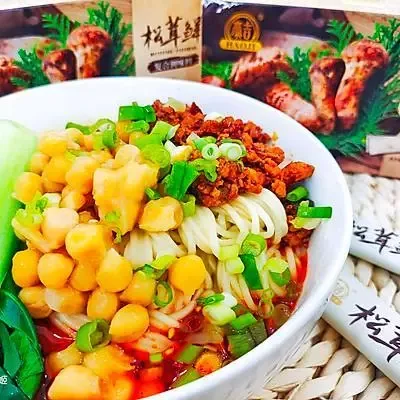
The Final Dish
Chongqing Wanza noodles are typically served with a generous topping of freshly chopped spring onions, fresh chilli peppers, and a garnish of coriander or parsley. The dish is renowned for its intense chilli flavour, with its ingredients providing a spicy and “numbing” sensation in the mouth. The contrasting textures of the noodles and the toppings, along with its complex flavours, make Chongqing Wanza noodles a delight to eat.
The Final Word
Chongqing Wanza noodles are a classic dish of the city and one that’s renowned for its spicy, earthy, and sweet flavours. The combination of chicken, pork, and Szechuan-style vegetables and spices creates an intense and delicious dish that is served hot with a generous topping sauce of spring onions and chilli peppers. Although the dish is traditionally prepared in Chongqing, it is now possible to find recipes for it online and in cookbooks that provide excellent instructions for recreating it in your own kitchen.
